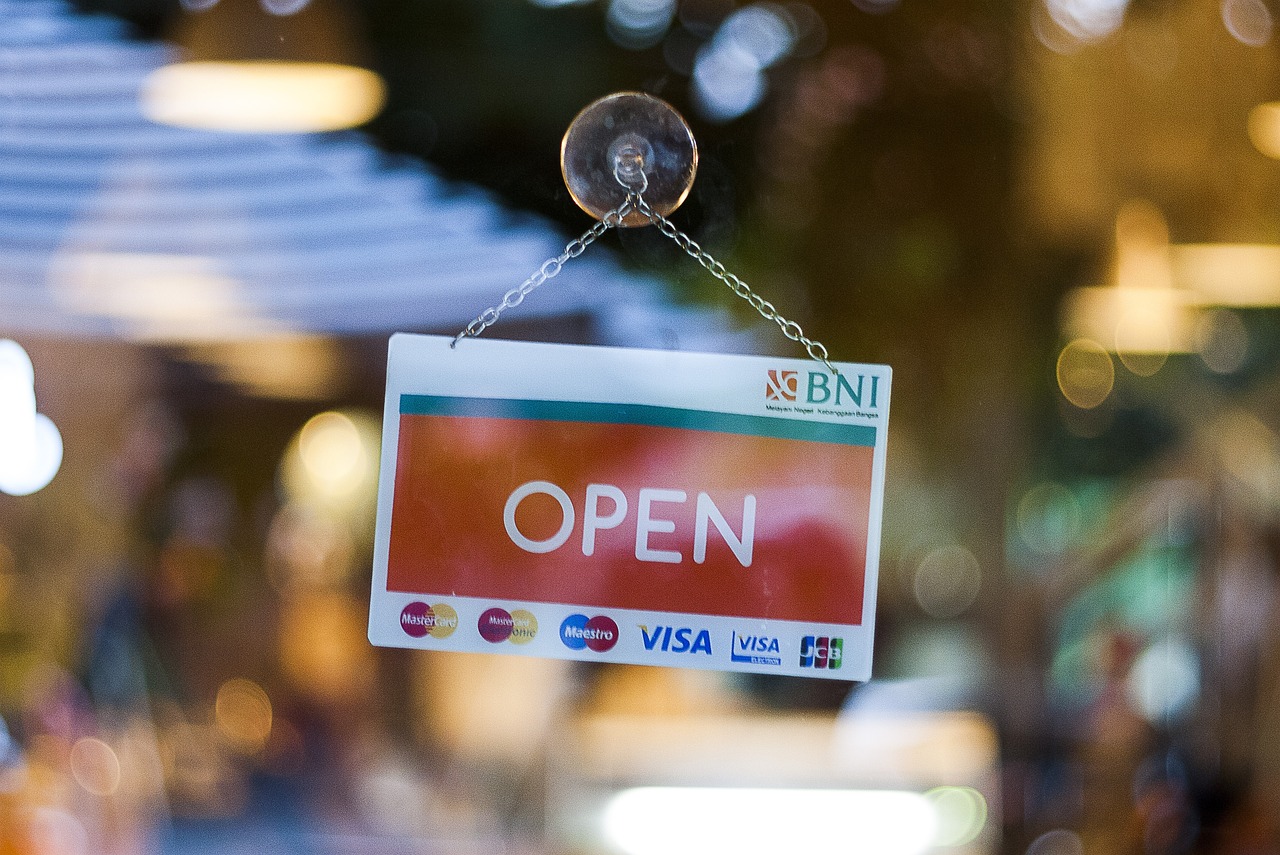The Future of Digital Banking: Mobile Payments and Financial Inclusion
Mobile payments have been on a steady rise in the banking industry over the past decade. With the increasing penetration of smartphones and internet connectivity, consumers are gradually shifting towards convenient digital payment methods. This evolution has led banks to adapt by incorporating mobile payment solutions into their services, catering to the changing preferences of the tech-savvy generation.
The convenience and ease of use offered by mobile payments have significantly altered the traditional banking landscape. Customers can now make transactions, pay bills, and manage their finances all through their mobile devices, eliminating the need for physical visits to brick-and-mortar branches. As a result, banks are leveraging mobile payment technology to enhance customer experience, streamline processes, and stay competitive in an increasingly digital world.
The Impact of Mobile Payments on Financial Inclusion
Mobile payments have emerged as a powerful tool in driving financial inclusion in many regions across the globe. By leveraging the widespread adoption of mobile phones, particularly in developing countries, mobile payment platforms have been successful in extending financial services to the unbanked and underbanked populations. This has enabled individuals who were previously excluded from the formal banking system to access a range of financial services, such as making digital transactions and saving money securely.
Furthermore, the convenience and accessibility offered by mobile payments have reduced barriers for individuals with limited access to traditional banking services. Through simple mobile applications, people can transfer money, pay bills, and receive payments with ease, without the need for a physical bank account. This has not only facilitated day-to-day financial transactions but has also paved the way for greater financial empowerment and economic inclusion for marginalized communities.
What are mobile payments?
Mobile payments are transactions made through a mobile device, such as a smartphone or tablet, using technologies like mobile wallets, QR codes, or contactless payment options.
How have mobile payments influenced the banking industry?
Mobile payments have revolutionized the banking industry by providing convenient, secure, and efficient ways for customers to make transactions, manage their accounts, and access financial services.
What is the impact of mobile payments on financial inclusion?
Mobile payments have played a significant role in promoting financial inclusion by providing access to financial services for unbanked and underbanked populations. With mobile payments, individuals can easily send and receive money, pay bills, and access credit services without the need for traditional bank accounts.
How can mobile payments benefit marginalized communities?
Mobile payments can benefit marginalized communities by providing them with a safe and convenient way to manage their finances, make transactions, and access financial services. This can help empower individuals in underserved areas to participate more fully in the economy and improve their overall financial well-being.
What are some challenges associated with mobile payments and financial inclusion?
Some challenges associated with mobile payments and financial inclusion include issues related to infrastructure, technology literacy, security concerns, and regulatory barriers. Addressing these challenges is crucial to ensure that mobile payments continue to promote financial inclusion and benefit marginalized populations.





